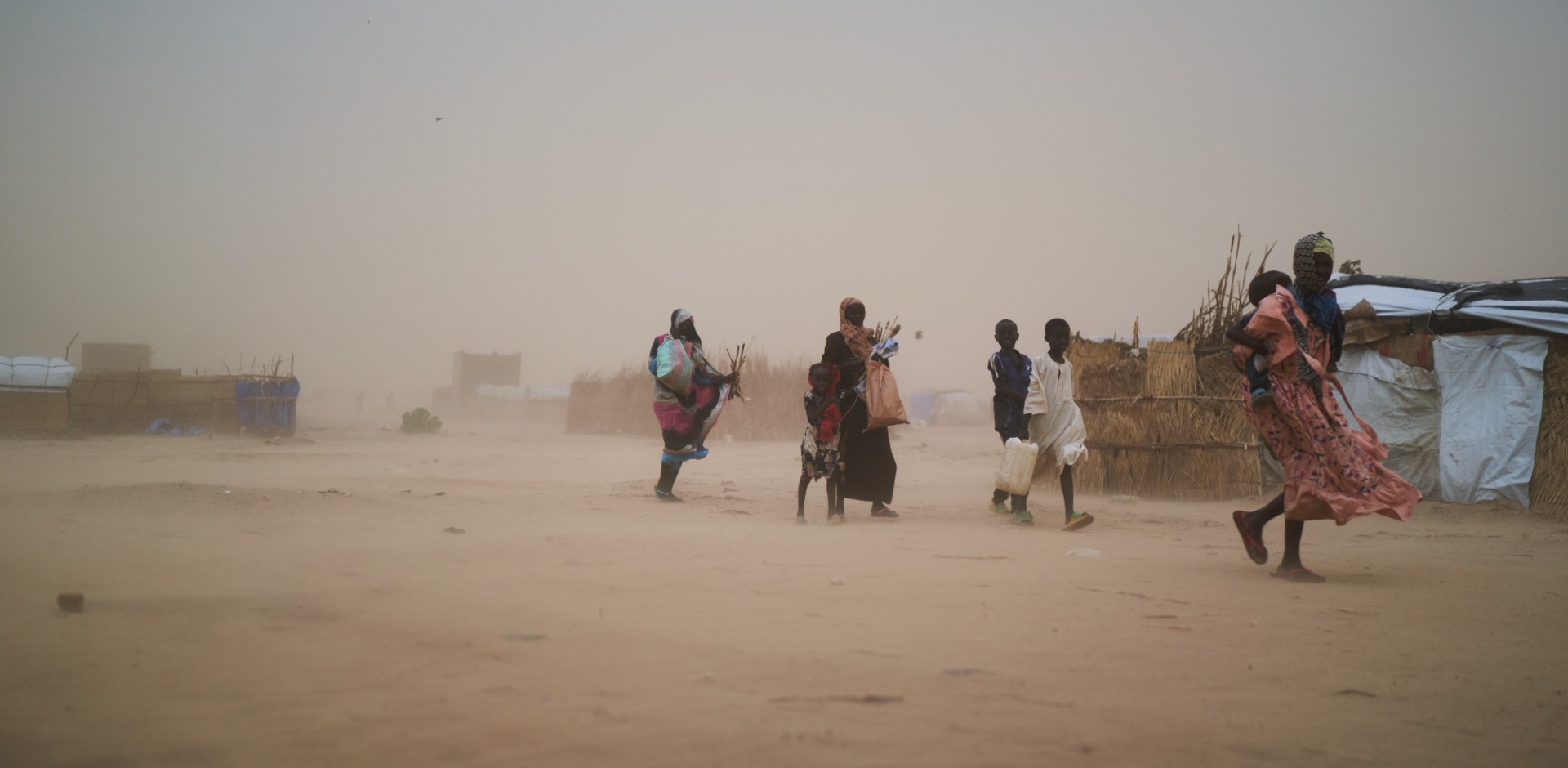
FAMINE IN SUDAN
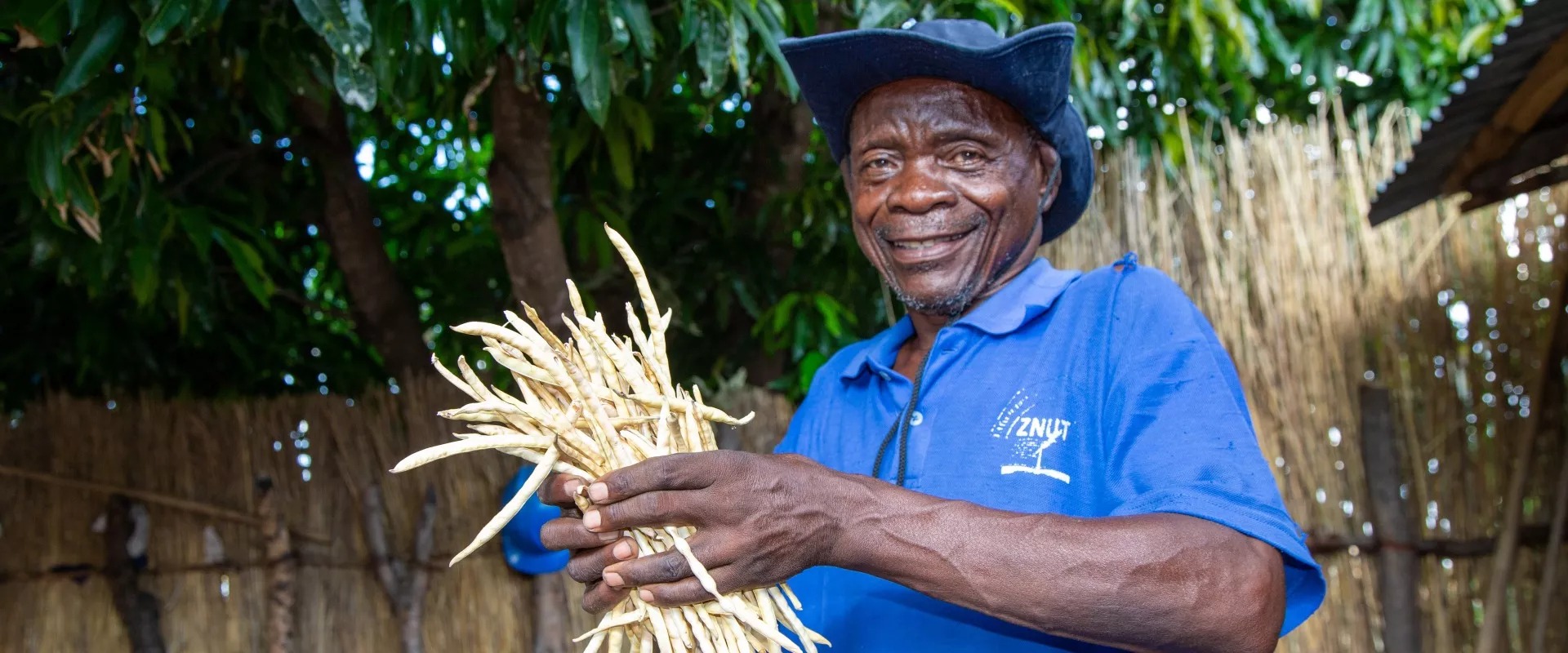
In Zambia’s Western Province, an old farmer tends to his crops in the scorching sun. Times have been tough, and a deadly drought has left everyone around him hungry, tired, and afraid. But Sitwala Mangolwa has never been one to give up. At 66, he and his seven children work day and night in the hopes of a healthy harvest.
Zambia’s worst drought in 40 years left 6.6 million people in urgent need of humanitarian assistance. 80% of the country provinces experienced a severe lack of rainfall. For farmers like Sitwala, that meant lower crop yields. In prior years, Sitwala had maintained a steady business. He primarily cultivated corn, a staple in the Zambian diet, alongside other vegetables like tomatoes and beans. His modest farm was just enough to keep his family going through the lean season, a period of food shortages before the next harvest.
Sitwala is no stranger to erratic weather. In the past, he had experienced other climate shocks like flash flooding.

“Climate change is a tragedy,” said Sitwala. “Here, we often get floods. The excessive downpours drown the fields, and we end up losing our produce. This is only one way climate change has damaged our farms and communities. We do not harvest as much as our parents used to.”
Still, nothing could have prepared him for the next disaster: a drought. In decades past, rain would fall consistently from November to March. Now, there’s no predicting when it will come again. In only months, Sitwala’s entire farm began to shrivel and die. When the drought was declared a national emergency, Sitwala knew he had to act fast to save his livelihood.
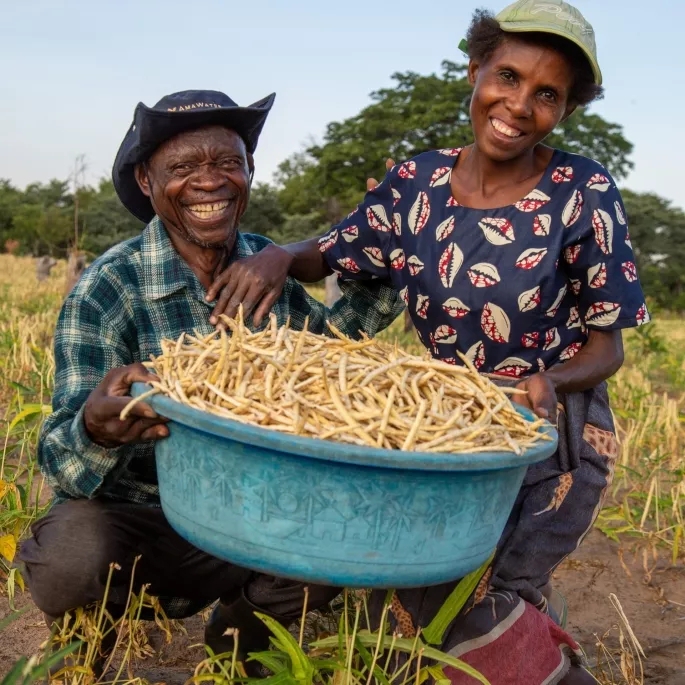
More than half of Zambia’s population lives in poverty, and their malnutrition rates are among the highest in the world. Action Against Hunger tackles hunger in Zambia through climate-resilient agriculture programs.
Sitwala is facing the unreliable nature of the climate crisis. It’s become harder and harder to know when to plant crops, and when to depend on rain to ensure their growth. In search of much-needed support, Sitwala signed up to participate in Action Against Hunger’s new climate-resilient agriculture project.
“We were introduced to black-eyed pea seeds, which are drought resistant and can withstand dry periods. We were trained in the best way to plant and grow them,” said Sitwala. “The cowpeas are growing really well. Yet the biggest challenge we will face going forward is selling them.”
In Senanga, where Sitwala lives, finding willing buyers is a challenge.
“It’s true, it’s a major issue, there really is no market for our farmers to sell to,” said Temwani Ngoma, Acting District Agricultural Coordinator. “Here in Senanga, and particularly in the far-reaching farming lands, there are no proper roads, and the terrain is just sand.”
Road networks in Zambia’s Western Province are often undeveloped, making transportation challenging, especially during the rainy season.
“Some of the farms are as far as 100 miles away from town, so potential buyers will not be able to reach them,” said Ngoma.
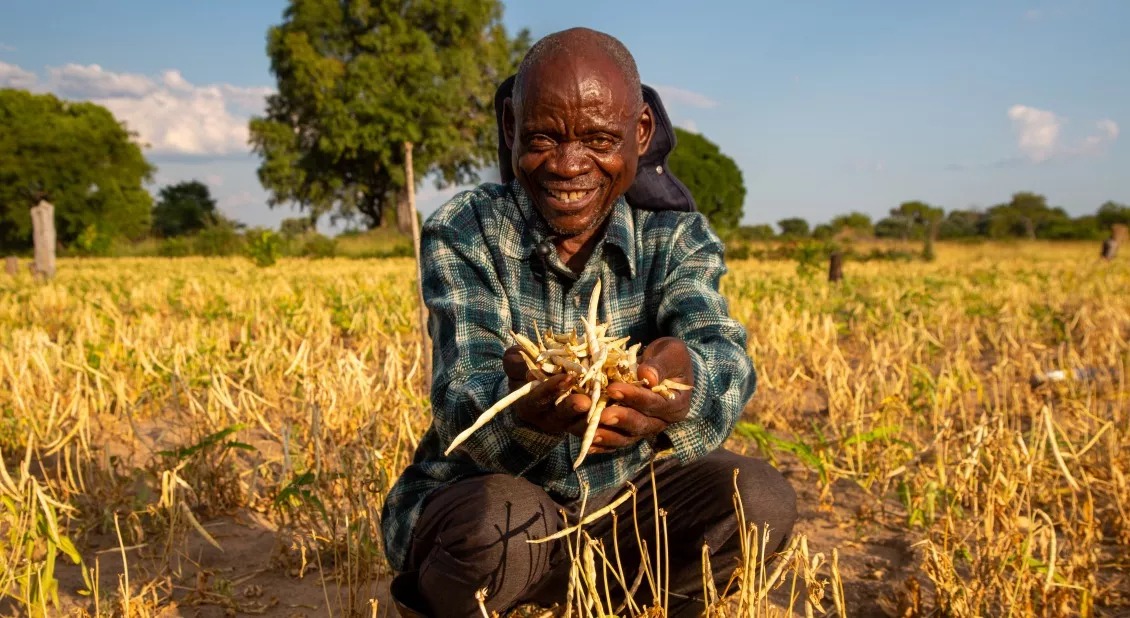
Nevertheless, finding these local markets is essential.
“Our farmers need to be able to sell surplus produce so they can buy carbohydrates, proteins and other foods to diversify their food systems,” said Mary Khozi, Country Director of Action Against Hunger Zambia. Selling crops gives farmers like Sitwala the ability to purchase a variety of food that might not be practical or possible for them to grow themselves. The money also allows them to purchase clothing or school supplies for their children.
“Even if we manage to transport ourselves to the nearby town, it is difficult to find customers to buy our produce once we get there,” said Sitwala. “Those customers whom we manage to find offer us really, really low prices. To tell the truth there is no fairness in the pricing. We feel we are being extorted by those customers; they set the price, and we either accept it, or we go home without making a sale at all.”
As part of Action Against Hunger’s new project, our teams are linking farmers with private, commercial, and public markets, which will significantly strengthen the value and demand of their harvest.

“We are managing the dynamics of the whole value chain, from the production, through to the marketing and processing of the product,” said Khozi. “Zambia borders with eight countries, the majority of whom rely upon Zambia for food production. The defined market is there, and we are at the forefront of identifying these outlets both within Zambia and outside the country and forming the connections with our farmers.”
To achieve this goal, Action Against Hunger facilitated meetings that brought the farmers and potential local buyers together.
“Now those buyers are aware of the crops that are grown in Senanga and the quantities that will be produced, and they have positioned themselves to buy whatever the farmers are able to harvest, and that’s really exciting our farmers here,” said Ngoma. “We expect to see their income levels really increase — it will definitely change their lives.”

In Zambia, 35% of children under age five are chronically malnourished. In Senanga, where Sitwala lives, 78% of the population lives on less than $2 per day. The drought has only exacerbated this humanitarian crisis.
Our teams are working with Clare and other farmers to ensure that nobody goes hungry, even if the rains never come.
Sitwala and the other farmers in his community are celebrating. This year, he harvested ten bags of produce, double his typical amount. Action Against Hunger connected him with a buyer who offered nearly 35 cents per pound.
“Previously, I was selling a pound at 16 cents or less,” said Sitwala. “It feels incredible to have a link to the market, and it feels particularly good since this was my first time cultivating and selling black-eyed peas. Plus, I saved on transport costs. I will definitely plant more this coming year.”
Sitwala is eager to see what his yield could be if the drought ends. Life is not easy during this crisis, and he’s hopeful that his new business techniques will take him farther once the rains come again.
Suppliers are often more willing to invest in rural areas with strong market links, so Sitwala and his community will now have better access to seeds, fertilizers, and equipment. Sitwala will have a more reliable income — both to grow his future business and to keep his children safe and well-fed.
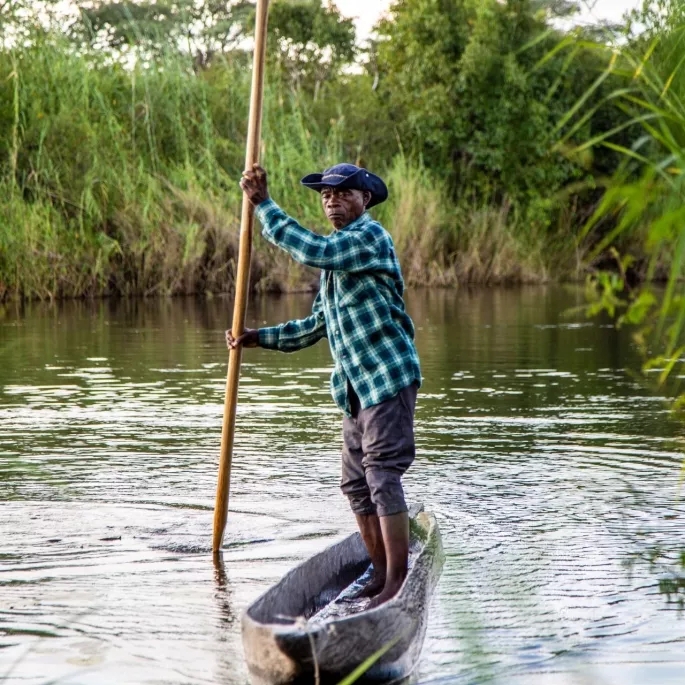
Zambia’s Western Province has been hit by drought. More than 80% of the province’s population lives on less than $3 CAD per day and rely on humanitarian assistance. Farmers like Sitwala are in urgent need of support.
Action Against Hunger’s climate resiliency program in Zambia is designed to mitigate and prepare for the impact of climate change over the next ten years. In the Western Province, Action Against Hunger is building a climate-smart network that will help farmers grow drought-resistant crops like cowpeas.
Our teams work alongside community members to strengthen irrigation systems; facilitate the planting and harvesting of crops; and build awareness around resource management, food preservation, water storage, and more. Staff will also work to strengthen the local economy and connect farmers to broader financial networks.
Join our community of supporters passionate about ending world hunger.